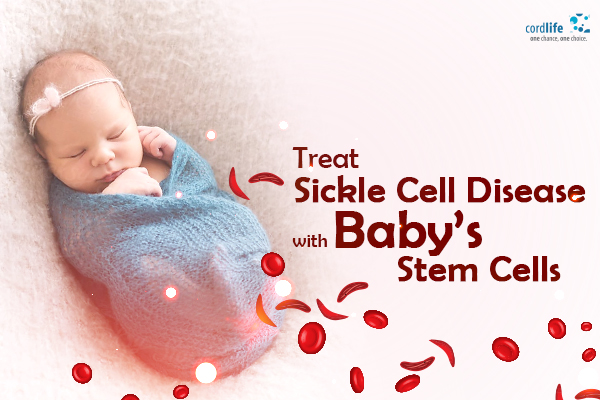Table of Contents
This is the story about Kamsiyochukwu Bryan Peter Ezenwa
Kamsiyochukwu was diagnosed with Sickle Cell Anaemia when he was two.
As a part of conventional treatment, the child went through blood transfusions and other kinds of medical treatment methods, leaving the child further deteriorated in health.
Unable to see Kamsiyochukwu in pain, the child’s parents met several doctors and looked for a permanent cure for the disease. Finally, they came across the concept of umbilical cord blood stem cell therapy for the child, as informed by the doctors.
Realising that the parents were new to the concept of stem cell therapy, the doctors advised them to plan for another baby and go for banking the baby’s cord blood.
The doctors also got the parents in touch with Cordlife group, where they could bank the cord blood of their second child and use the baby’s stem cells to treat Sickle Cell Anaemia in Kamsiyochukwu, their firstborn.
***
So, when Kamsiyochukwu turned 8, he was treated for Sickle Cell Anaemia, through cord blood transplantation, using his sibling’s cord blood stem cells, on 21st January, 2020.
Ever since the transplant, little Kamsiyochukwu has lived a painless and happy life.
So, what is Sickle Cell Anaemia?
Sickle cell anaemia, also known as sickle cell disease, is a group of red blood cell disorders, which is characterised by anaemia, jaundice, swelling and pain in the chest, back, arms or legs.
A baby born with sickle cell anaemia has abnormal haemoglobin molecules, which is also known as haemoglobin S. These molecules are responsible for distorting or destroying the round or disc-shaped haemoglobin molecules or red blood cells (RBCs) RBCs, making them look like a sickle (a C-shaped farm tool) or like a crescent moon. Due to their shape and size, when they pass through the small blood vessels, they get trapped and tend to slow down or block the blood flow. Anaemia, being the hallmark symptom, is caused due to the premature destruction of red blood cells and is a direct result of defective genes from both parents.
What are the Signs and Symptoms of Sickle Cell Disease?
Sickle cell disease symptoms usually start showing up as early as 4 months of age. The symptoms can also occur when the babies are about to cross their half-year (6-month) mark. And symptoms include:
- severe anaemia,
- Repeated episodes of infections, fever and pain or crises (in the back, joints, chest, and legs),
- painful enlargement of the spleen,
- skin ulcers
- heart and lung disease
- delayed growth
- vision problems.
The severity of the symptoms, however, varies from one person to another.
So, Is There a Way to Treat Sickle Cell Anemia?
Someone suffering from this condition might need comprehensive care throughout their life. Medication might help; in fact, painkillers and antibiotics can manage the pain crises and acute chest syndrome. Blood transfusion at regular intervals can also help the patient survive by minimising the risk of stroke as a result of the clogging of the small blood vessels.
However, unfortunately, till now there has been no specific cure or treatment for sickle cell anaemia.
But, haematopoietic stem cell transplantation is considered a new cure for sickle cell disease. The source of the stem cells can be from bone marrow, peripheral blood, or umbilical cord (along with the blood). Umbilical cord blood rich with haematopoietic stem cells has emerged as an able alternative to bone marrow stem cell transplant. A healthy sibling within the same family can serve as a stem cell donor for the first or second born affected with Sickle Cell Disease. As there is a high chance that the sibling will not carry the sickle cell trait or disease, and there are fewer chances of graft-versus-host diseases.
